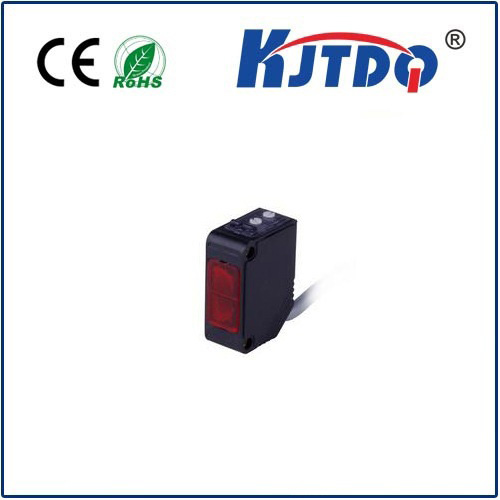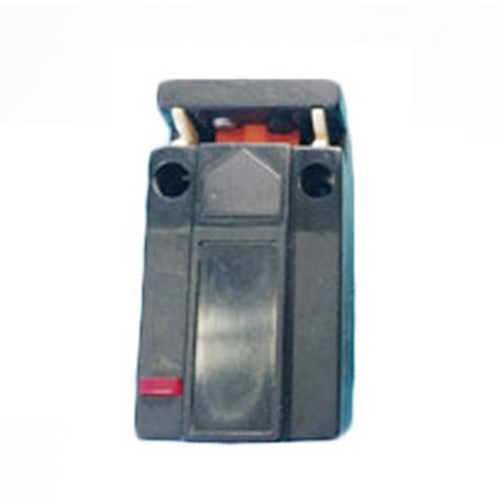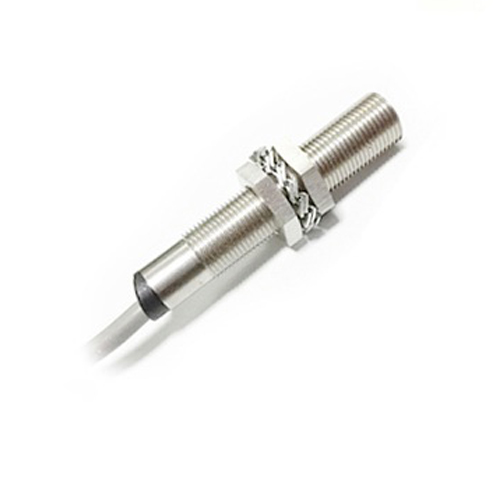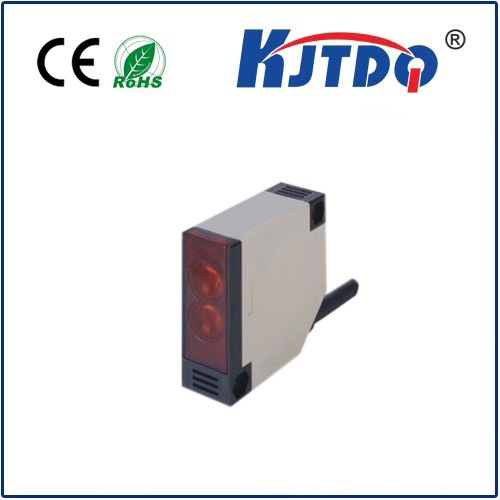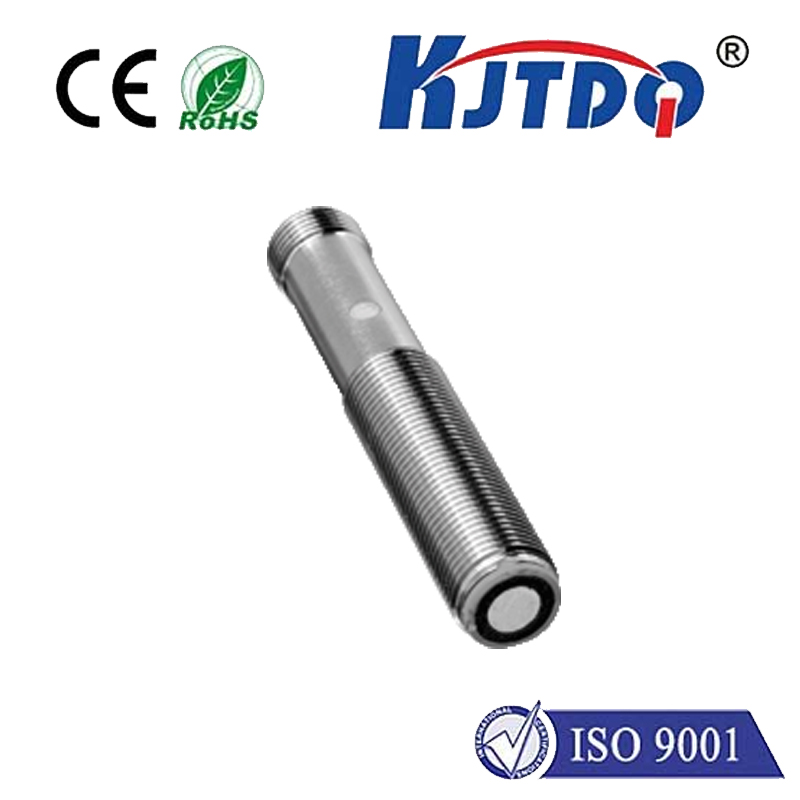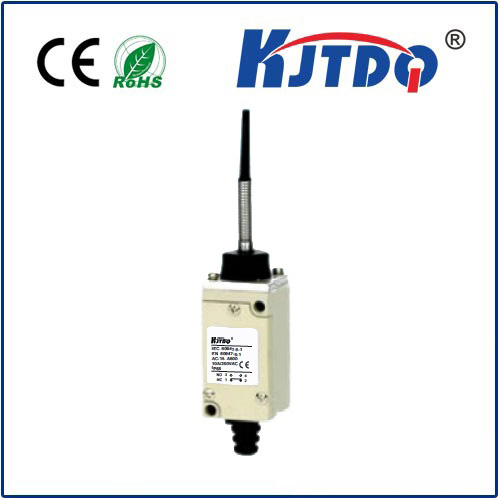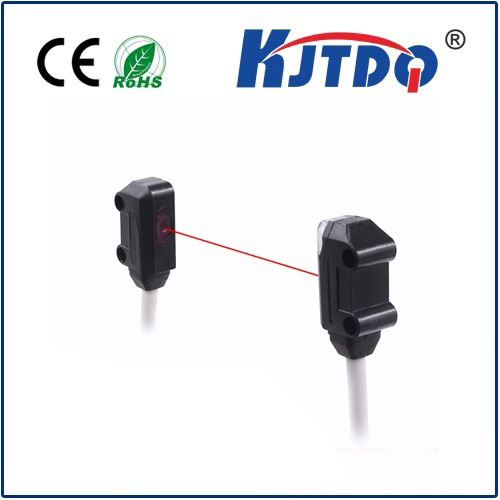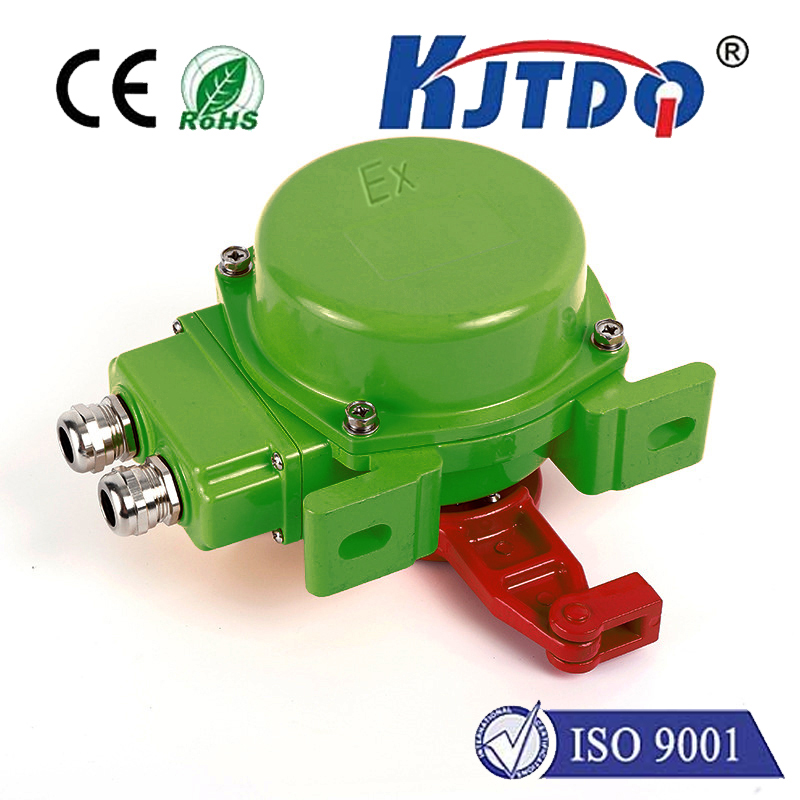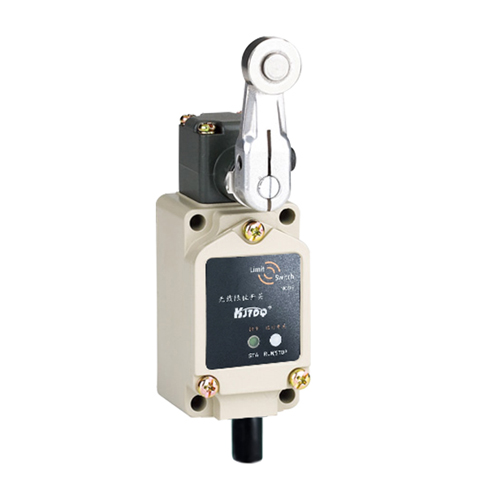

check

check

check

check

check

check

check

check

check

check
Photoelectric Limit Switch: Revolutionizing Industrial Automation
In the world of industrial automation, the photoelectric limit switch has emerged as a game-changer. This innovative device combines advanced technology with practical functionality, making it an essential component in various manufacturing processes. Let's delve into what makes the photoelectric limit switch so revolutionary and explore its applications in detail.
The Basics of Photoelectric Limit Switches
A photoelectric limit switch operates on the principle of light transmission and reception. It consists of a light emitter and a receiver, which are typically installed opposite each other on a machine or conveyance system. When an object passes between them, it interrupts the beam of light, triggering the switch to send a signal that can be used for monitoring, control, or safety purposes.
Key Features and Benefits
One of the standout features of the photoelectric limit switch is its non-contact nature. Unlike mechanical switches that require physical touching, photoelectric switches eliminate wear and tear, thereby reducing maintenance costs and increasing longevity. They also offer high accuracy and fast response times, ensuring precise control over automated systems.

Moreover, photoelectric limit switches are incredibly versatile. They can detect a wide range of materials, including transparent, translucent, and reflective objects, making them suitable for diverse industries such as packaging, pharmaceuticals, food processing, and more. Their ability to function effectively in harsh environments further enhances their appeal to manufacturers operating under challenging conditions.
Applications in Industrial Automation
The use cases for photoelectric limit switches in industrial automation settings are vast and varied. In conveyor systems, they serve as position sensors to detect the presence or absence of products moving along the line. This information is crucial for quality control checks and packaging operations.
In robotics, photoelectric limit switches play a vital role in ensuring safety by providing input to emergency stop circuitry if a person or object enters a hazardous area. They also enable precision positioning during assembly tasks by acting as reference points for robotic arms.
Furthermore, in material handling systems, these switches facilitate sorting and diverting processes by signaling when items should be directed to specific locations or bins based on their size, shape, or other characteristics.
Safety Considerations
While photoelectric limit switches bring numerous benefits to industrial automation, it's essential to consider safety aspects carefully. Proper installation and alignment of the emitter and receiver are critical to avoid false alarms or failure to detect actual obstructions. Additionally, regular testing and maintenance should be part of any safety protocol to maintain the reliability of the system.
The Future of Photoelectric Limit Switches
As technology continues to advance, we can expect further innovations in photoelectric limit switches. Integrating internet connectivity could allow remote monitoring and diagnostics, streamlining maintenance efforts. Advanced algorithms might also enhance their capability to differentiate between various types of materials and improve decision-making within complex automation scenarios.
Conclusion
Photoelectric limit switches have transformed how we approach industrial automation through their combination of reliability, versatility, and precision. As these devices continue to evolve, they will undoubtedly remain at the forefront of technological advancements in manufacturing and process control. By understanding their capabilities and applying them strategically, businesses can unlock unprecedented efficiency gains while ensuring the highest levels of safety for workers and equipment alike.
